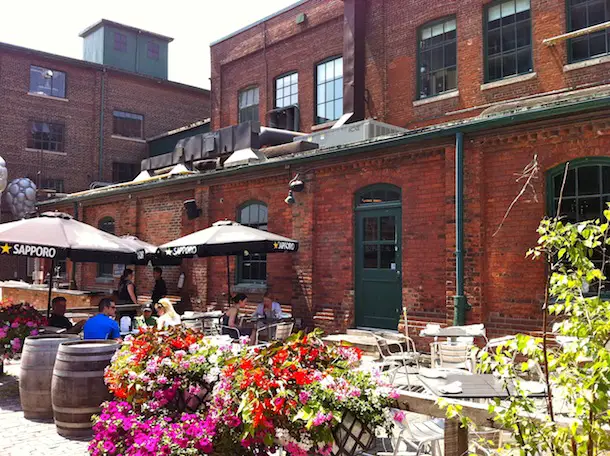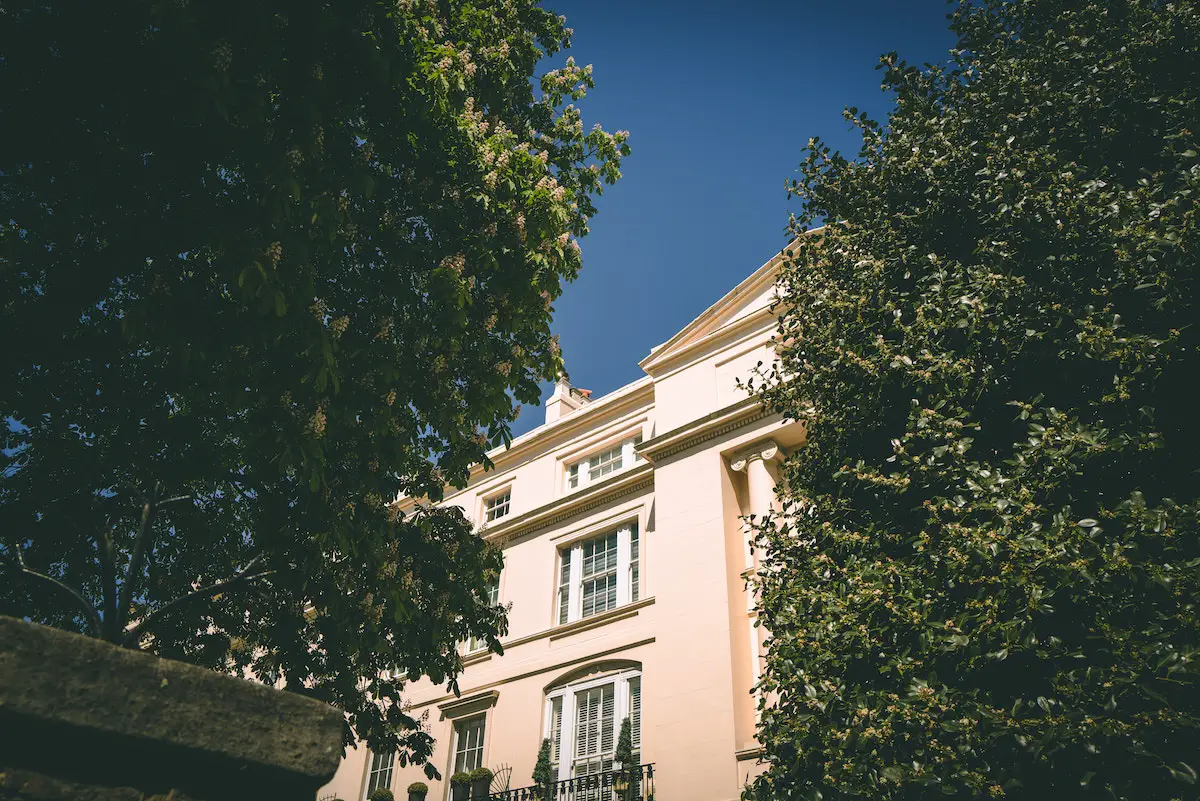If I were to ask you to list symbols of American consumerism, I bet the words “shopping mall” would come to mind pretty quickly. And that’s because for the past 5 decades, shopping malls have been a dominant feature of the retail scene in a country that has more retail space than most. In 2009, NPR reported that the U.S. had 20 square feet of retail space per person (almost 7x as much as the country who came in 2nd, Sweden).
But is all this set to change? Witold Rybczynski makes the bold assertion in his book Makeshift Metropolis that in 25 years, many shoppers will have never stepped foot in a shopping mall. While recent reports do indicate that they’re on the decline, this is surely a bit of an exaggeration on his part. Nevertheless, it is interesting to re-envision a world without them.
Shopping malls first rose to popularity as the American population shifted to the suburbs, becoming an increasingly autocentric culture seeking greater efficiency and convenience in their lives. At suburban malls, parking generally comes at no cost, and comes in the form of expansive street level lots (i.e. “dead zones”) that intimidate even the most fearless pedestrians. As such, a majority of shoppers have no choice but to drive.
A Mall with a “Facelift”
In a few places, like my hometown of Stamford, CT, malls are located in suburban downtowns, and can be reached by public transportation (but in my experience, most people still drive there.) These malls tend to be less successful due to higher real estate costs, space constraints, and traffic congestion on downtown streets. In the case of Stamford, the exterior of the building and parking garage also functioned as a type of pedestrian “dead zone,” as the blank, street-facing walls offered no visual appeal whatsoever.
Dead Malls

Many malls have not had this opportunity to pursue “facelifts” in hopes of staying afloat, as evidenced by a growing number of entries on deadmalls.com, a site that chronicles the decline of America’s retail supercenters. And it seems that this is just the tip of the iceberg. Greg Beato cites a statistic in a recent article for Reason Magazine that 10% of our nation’s malls are on the verge of financial collapse.
Rybczynski mentions a few factors that he believes are laying shopping malls to rest. For one thing, American developers built malls at a speed that outpaced demand in many areas (about 140 per year in the mid-1990s). Coupled with a serious downturn in the US economy, it’s no wonder that so many are failing. Additionally, there has been some momentum around the effort to create more shopping, dining, and cultural areas that are accessible to pedestrians, cyclists, and those using public transportation. In essence, more people want to take their shopping experiences outside onto well-planned, lively streets.
The Mall That Won’t Die, But Has Never Truly Lived
But if all this is true, then surely our country’s most densely populated state, which happens to have the most malls per capita, would be at the forefront of change. Not so. Anyone driving down the New Jersey turnpike knows the eye sore known as Xanadu. If ever finished, it will be a 2.4 million square foot retail & entertainment center, and the most expensive mall ever built.
As the New York Times reports, Governor Chris Christie intends to see the completion of Xanadu (under the new name American Dream @ Meadowlands) while in office. Despite shutting down a project of real, tangible benefit earlier this year, citing fiscal concerns (yes, I’m talking about the ARC tunnel), Christie is willing to put up money and forfeit substantial amounts of sales tax revenue for this monstrosity. It’s hard to hope when this kind of backwards-thinking advances.
A Mall, Re-Imagined
But hope I shall, for the many other sites across the country that have a chance to re-imagine the traditional enclosed shopping center into something much better for the environment, public health, and the vibrancy of communities.
Although this particular redevelopment project in Utah has been stalled due to financial problems, it serves as a decent vision of how a defunct mall can be turned into a mixed-use neighborhood. The old mall was bulldozed, and plans were drawn to include shops, cafes, offices, and residential units connected by walkways. The storefronts would be located on the first floor, with the residential units and offices on upper floors. Unfortunately for the folks of Holladay, Utah, they’re left with an empty dirt lot for as long as the project remains stalled.
Photos: Justin Beck and wblo


